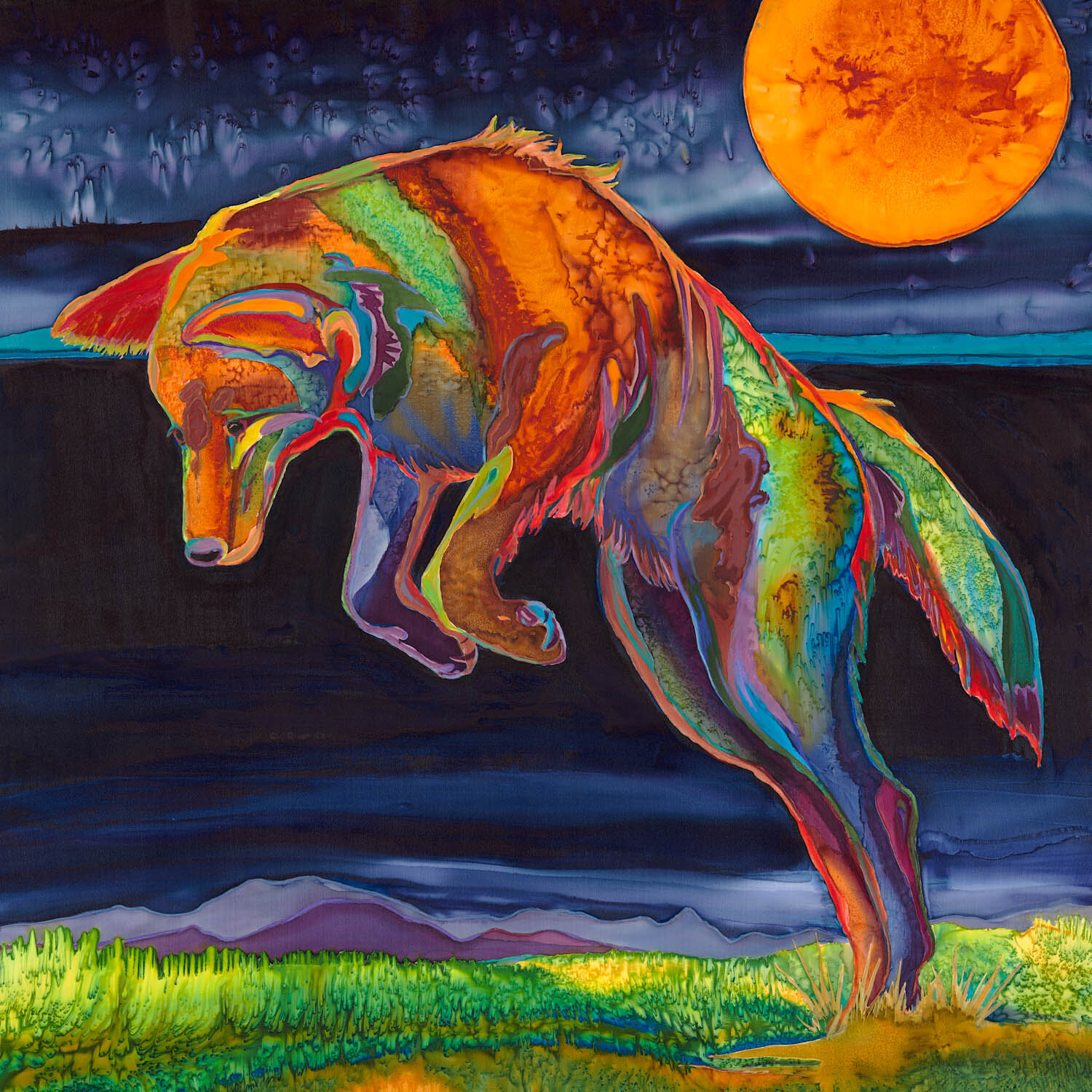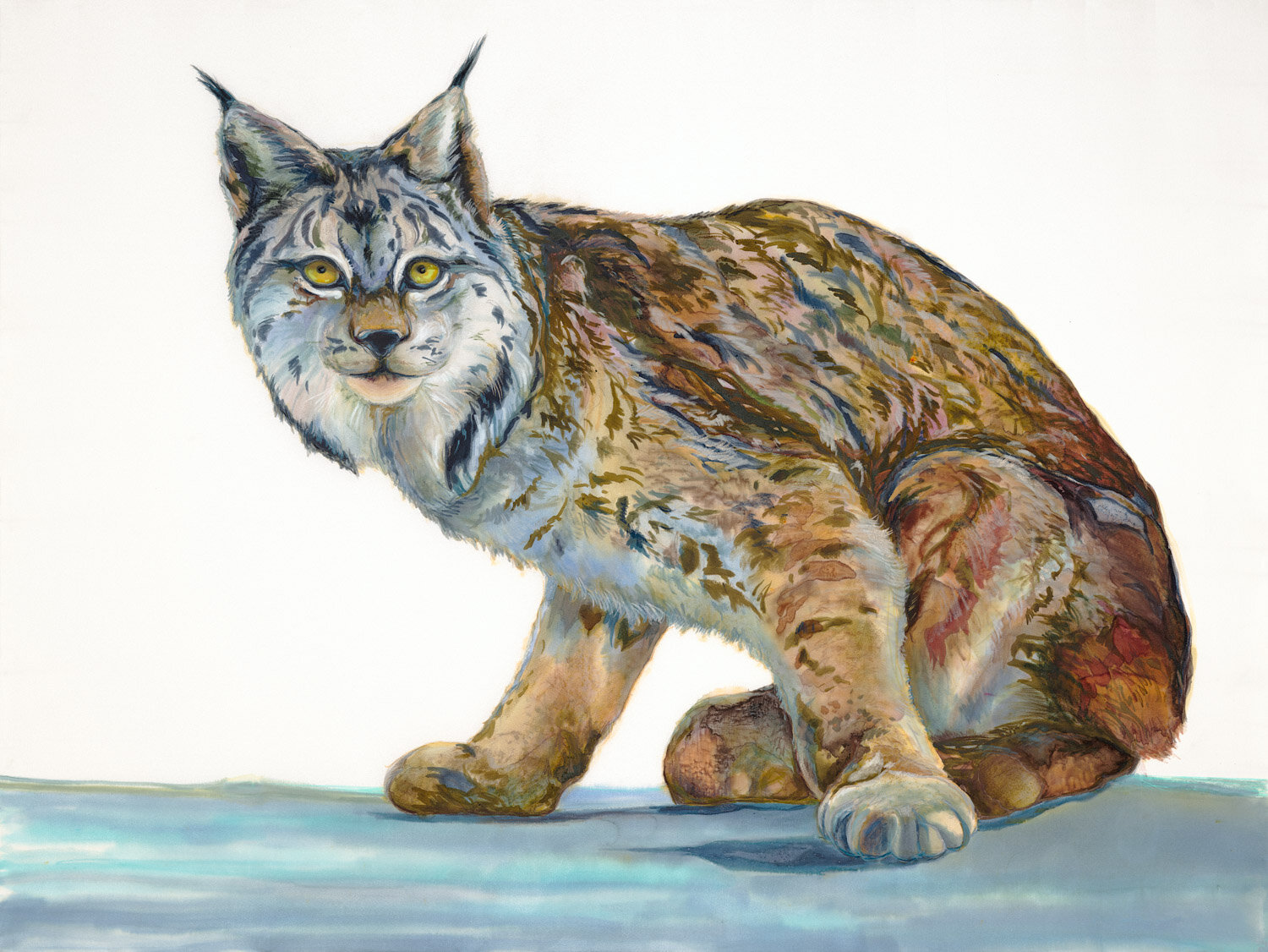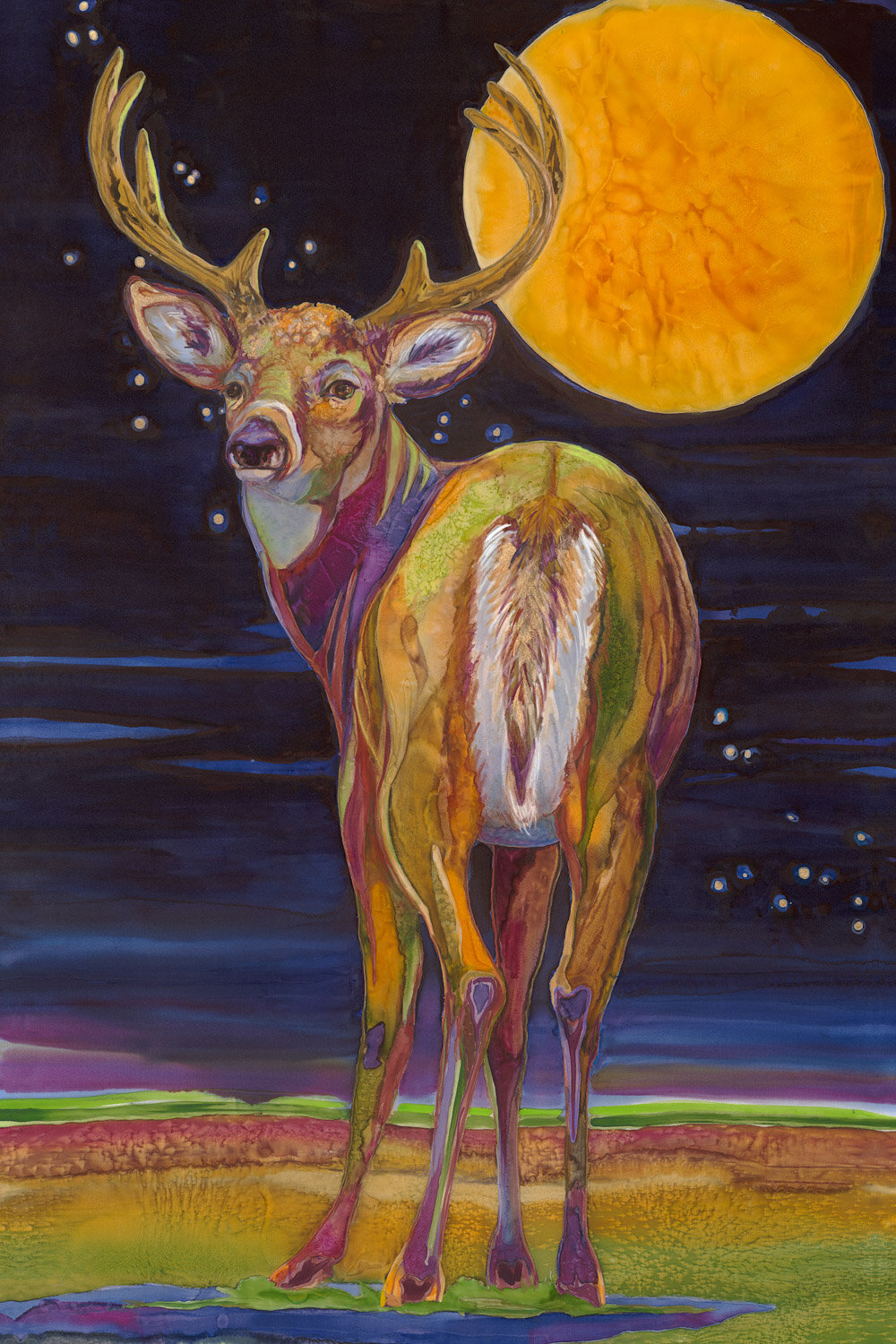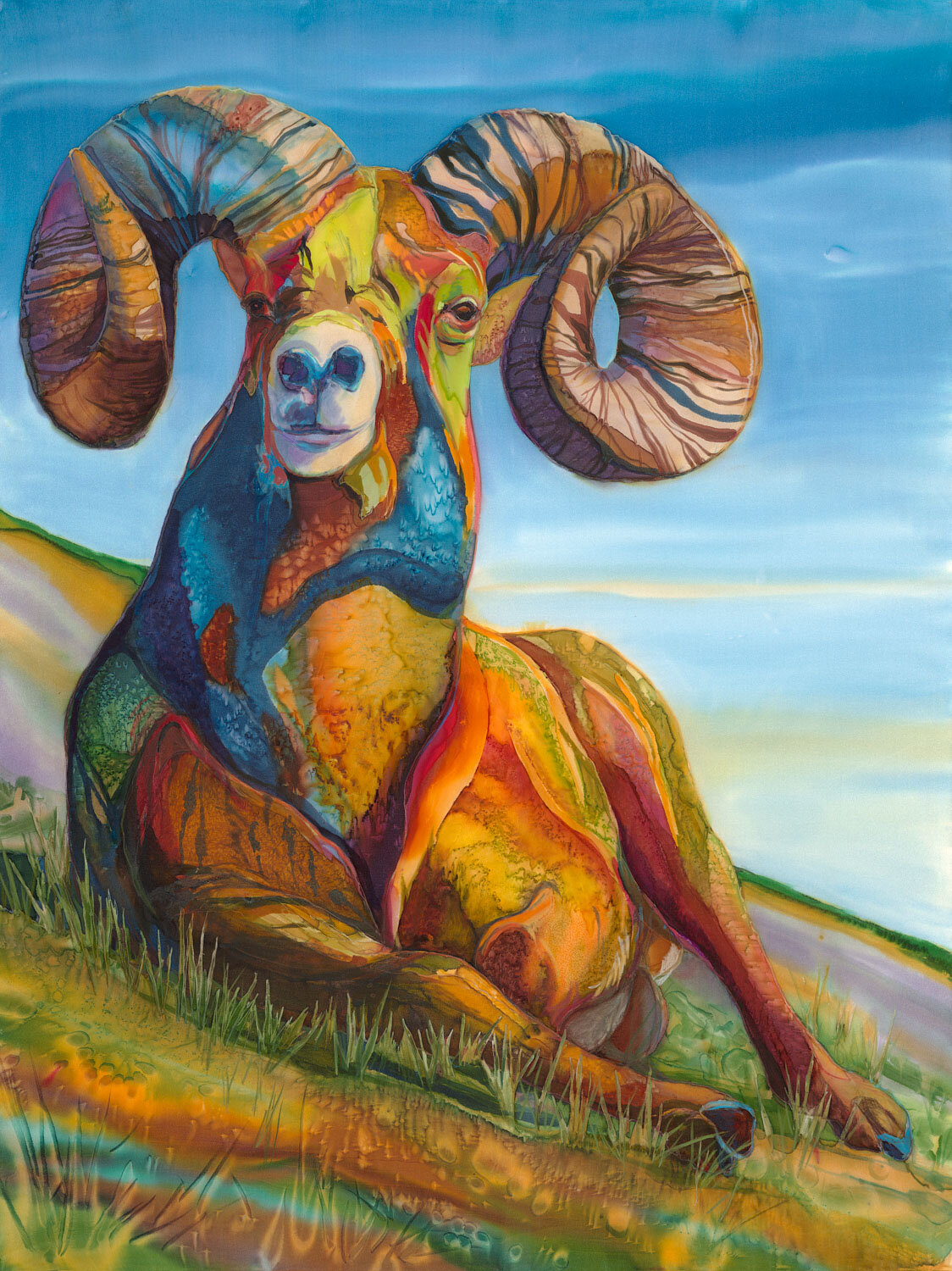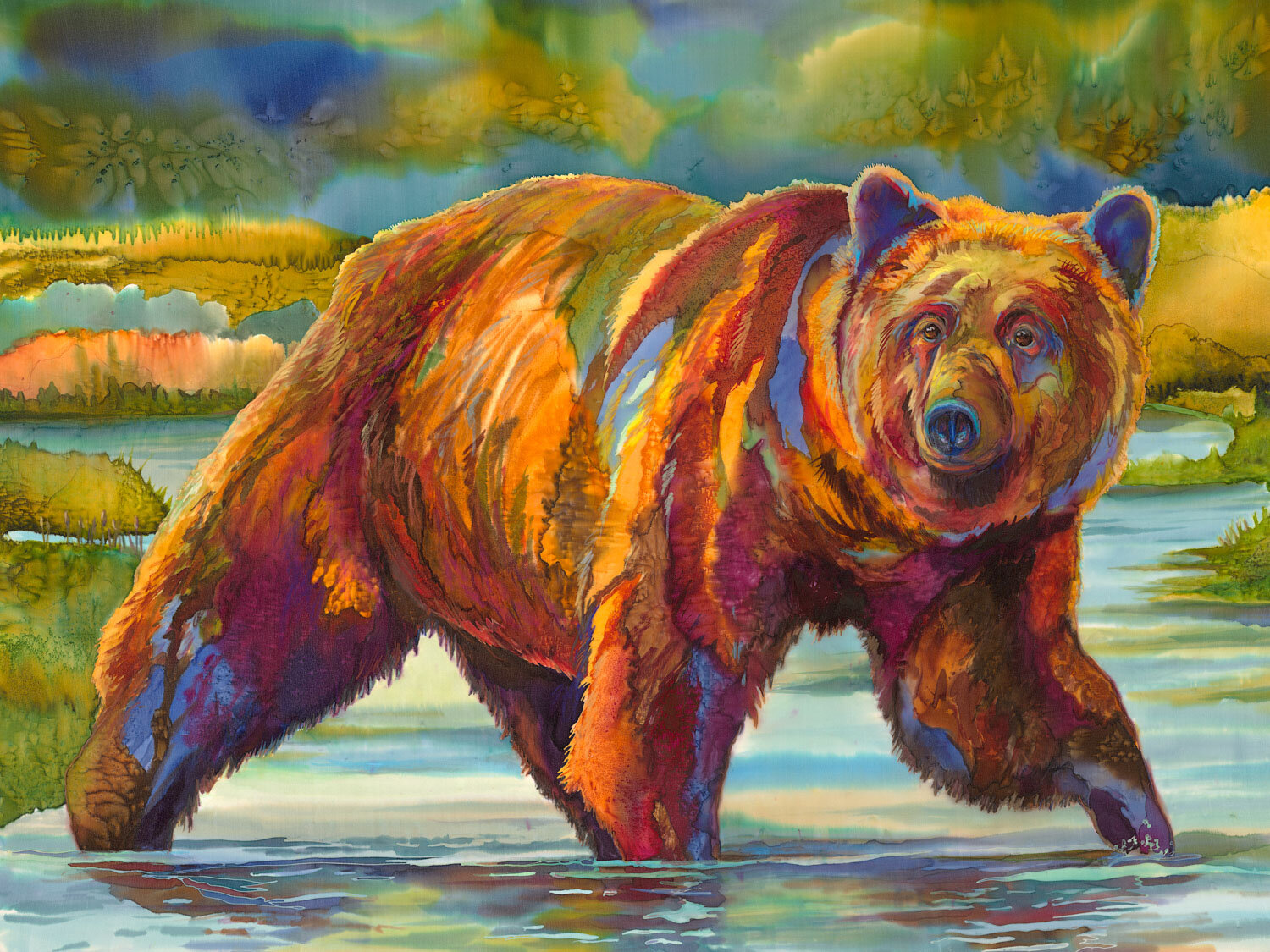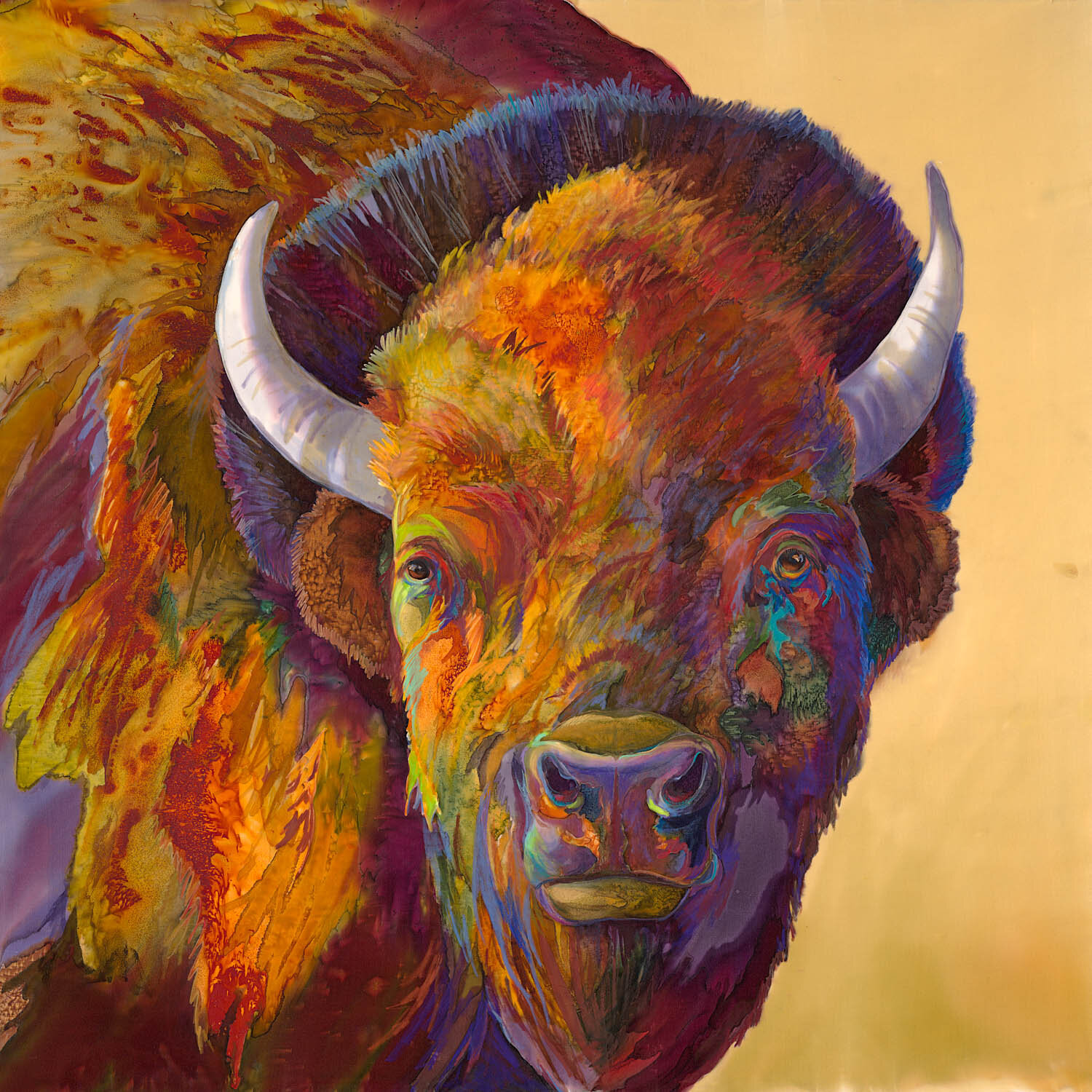Forever Glacier 360: Introduction Part 2
…(continued from Part 1)
A “360” image of Siyeh Pass in Glacier National Park with the Ricoh Theta 360 camera. Good, but not good enough!
I contacted friend, experienced videographer and editor, Nico Heitert, to brainstorm about the 360 video project, and we made a plan. I also consulted with an industry expert in San Francisco working on augmented reality similar to Google Glass, who clarified different terms of the industry, like 3 DoF vs. 6 DoF: three “degrees (or axes) of freedom” gives you control over where you are looking, while 6 DoF allows user-controlled movement through a virtual space. These latter setups are much more involved than 3 DoF, requiring a dedicated room, computer-generated worlds and a lot of expensive equipment, so that was an easy decision.
I experimented with using a Ricoh Theta 360 camera, but it did not provide the high resolution that we would need, and Nico recommended the new (at the time) GoPro Fusion, which had the added benefit of being waterproof for underwater recording.
My final concept to explore in the project was the changing of the seasons and how that drives animal migration, so I wanted to try to get shots of each chosen location in as many seasons as possible, and I imagined a slow crossfade as seasons blend seamlessly into each other, like an accelerated time lapse video. Summer is shockingly short in Glacier at high elevations, often with less than two months between the last spring snow shower and the first snow of winter. How would we get to Logan Pass for the Alpine Meadow location when it’s under several feet of snow by October? Just another snow drift hurdle to smash through or find a way around.
If the GoPro Fusion 360 camera were an older fella setting up his first social media profile, this is the image he would upload. Blurry, off center and way too close.
Nico Heitert scoping out some tasty late-fall shots on Two Bear Flats.
The last slow-moving river to ford (Oregon Trail, anyone?) was permitting; Glacier National Park is federal land and has the bureaucracy to go along with it. Fortunately, what we were doing was very low impact (two guys, one camera), and we had the advantage of applying for permits as a non-profit through Western Masters Inc., the administrating entity for Forever Glacier. It took several months of planning and correspondence, but eventually we were granted permits for 3 out of the 4 locations we requested, as long as we stayed close to roads. The river bottom section of the North Fork is ecologically sensitive and off limits, but fortunately just across the river is Flathead National Forest--Montana state land and no permit required for shooting.
We did not have answers to every question, but we had a framework plan, the necessary gear, and a strong desire to get into the park and take some shots. Nico and I both have young families so it wasn’t easy to get away, but we watched the weather for the conditions I was looking for and jumped at the opportunities that came up.
Check out the 2020-2021 Forever Glacier Lithograph Collection—six different animal lithographs are 50% off Dec. 1-6, 2020!
